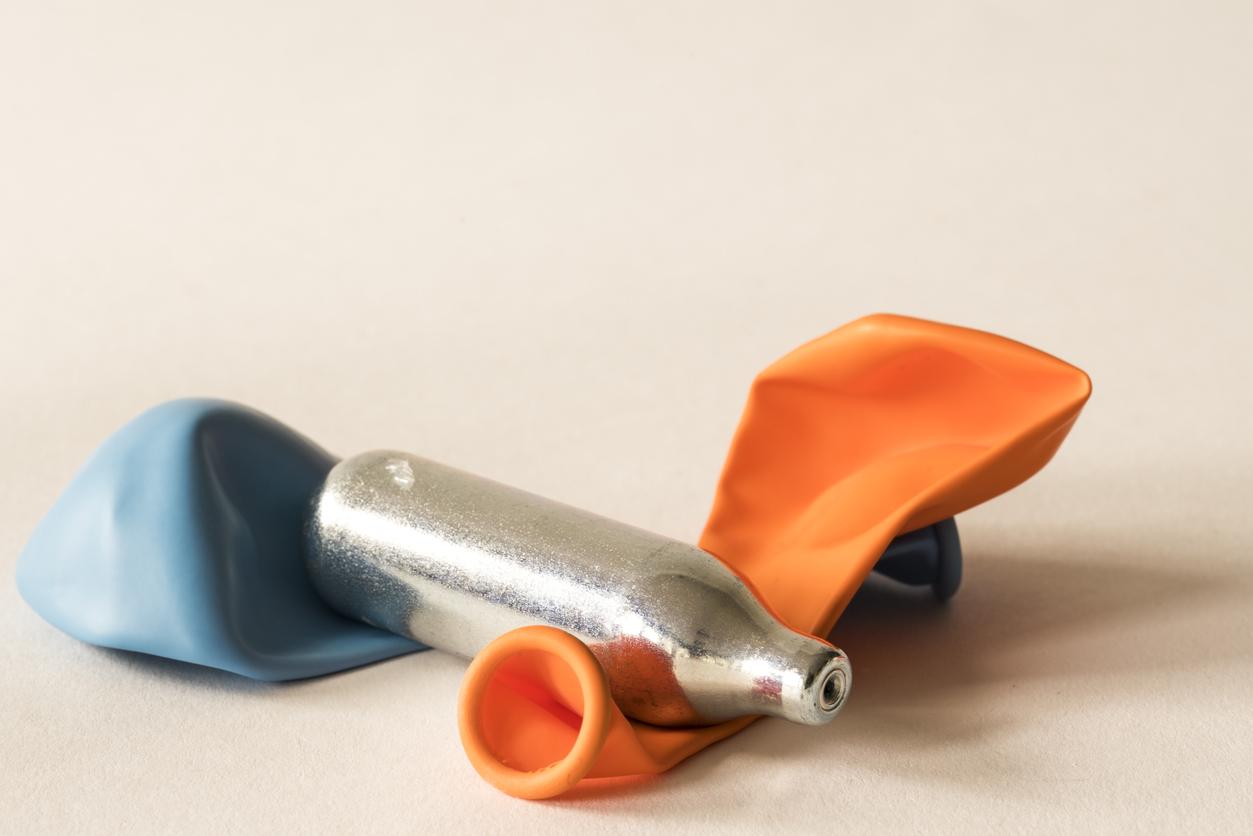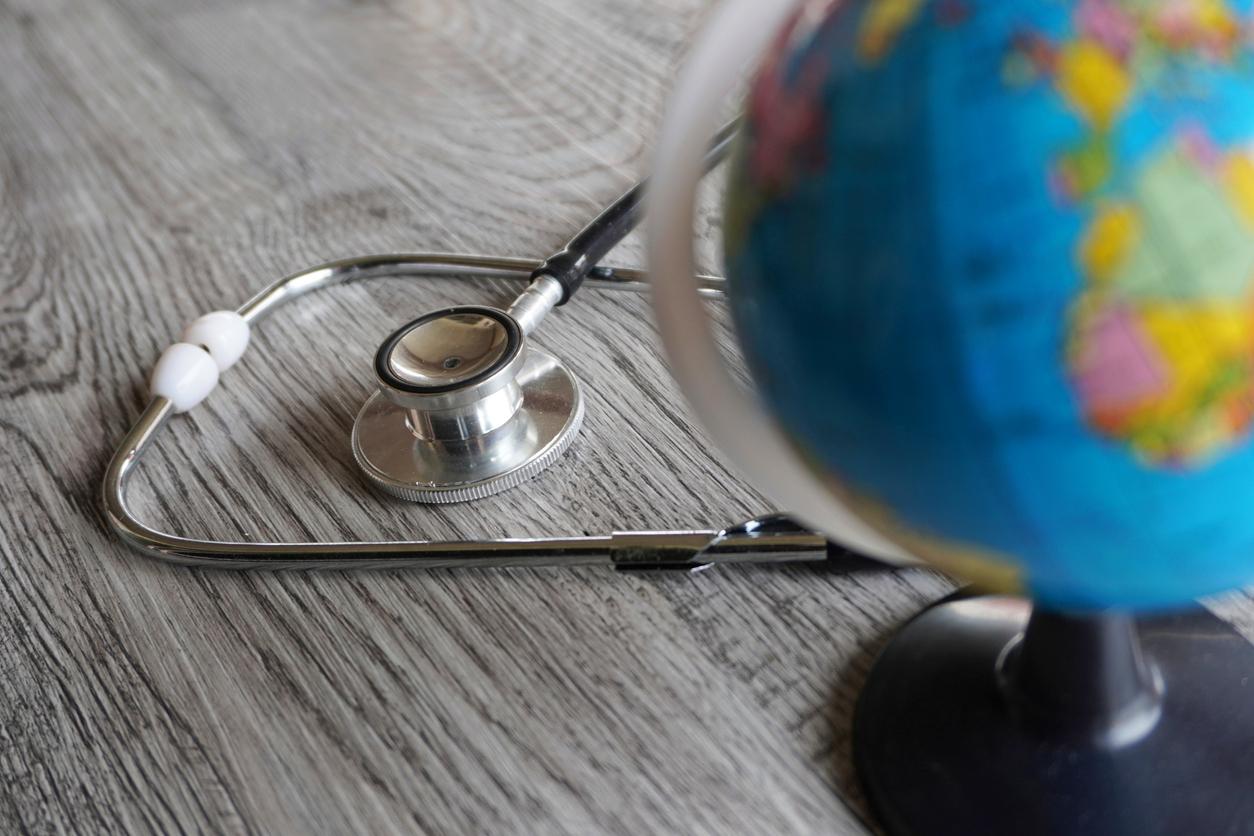Very bad for health, the increasing consumption of nitrous oxide is the subject of a new campaign.

- Venous thromboses, pulmonary embolisms, hallucinations, erectile disorders… Consumption of nitrous oxide is very bad for your health.
- However, more and more French people are consuming nitrous oxide.
- The Hauts-de-France and Île-de-France regional health agencies (ARS) launched a joint communication campaign on November 9 to raise awareness of the risks linked to the consumption of nitrous oxide.
The regional health agencies (ARS) of Hauts-de-France and Île-de-France launched a joint communication campaign on November 9 to raise awareness of the risks linked to the consumption of nitrous oxide, a phenomenon that is has been amplified in recent years in our country.
Nitrous oxide: increasing consumption
“A significant increase in the misuse of nitrous oxide (known as “laughing gas”) has been noted for several years in our two regions, particularly among adolescents and young adults, due to its euphoric effect”write the two ARS in a joint press release. “This increase in consumption was revealed from 2017, on the one hand with the increasingly massive presence of metal cartridges or canisters (which contain this gas) on public roads, on the other hand in services emergency services in large cities with the care of young people resulting from this trend”, they add. “The multiplication of mentions on social networks is also a sign of growing consumption”, they also believe.
Public Health France thus published for the first time this fall an estimate of the level of nitrous oxide consumption in France. According to this survey, 13.7% of young people aged 18 to 24 have already consumed nitrous oxide at least once in their life.
Nitrous oxide: who is the prevention campaign aimed at?
The new campaign is aimed in particular at 15-25 year olds, with three main objectives:
– improve the level of information among young people and those around them about nitrous oxide and the consequences of its consumption;
– mitigate the “social desirability” the use of this substance;
– facilitate communication with professionals to talk about the consumption of the product and/or to initiate support or even support.
Nitrous oxide (N²O) is a colorless gas with a slightly sweet odor and taste. It is used in the medical field (mixed with oxygen for its anesthetic/analgesic action), or even in the culinary field for whipped cream siphons.
Nitrous oxide: what are the effects on health?
Nitrous oxide is also used in a roundabout way because of its euphoric effect when inhaled. It then becomes an addictive substance that can cause more or less serious health problems, whether consumption is occasional or frequent.
Nitrous oxide can cause:
– Neurological signs: sensitivity disorders such as tingling or burning sensations when touched, loss of sensitivity, walking disorders, cognitive problems (problems with memory, language, attention, perception of the outside world) , headaches, malaise, dizziness, balance problems, erectile problems.
– Cardiovascular signs: venous thromboses, pulmonary embolisms, stroke, chest pain, heart rhythm disturbances.
– Psychic signs: agitation, aggression, visual/auditory hallucinations, paranoid delirium, anxiety, anxiety, panic attack, sadness, irritability, suicidal ideas, confusion, amnesia, insomnia, day and night cycle disorders.
– Trauma and falls: accidents on public roads and roads, burns caused by very cold gas.
– Risks for others: road accidents (loss of control of the vehicle), soil pollution due to empty capsules left on public roads.


















